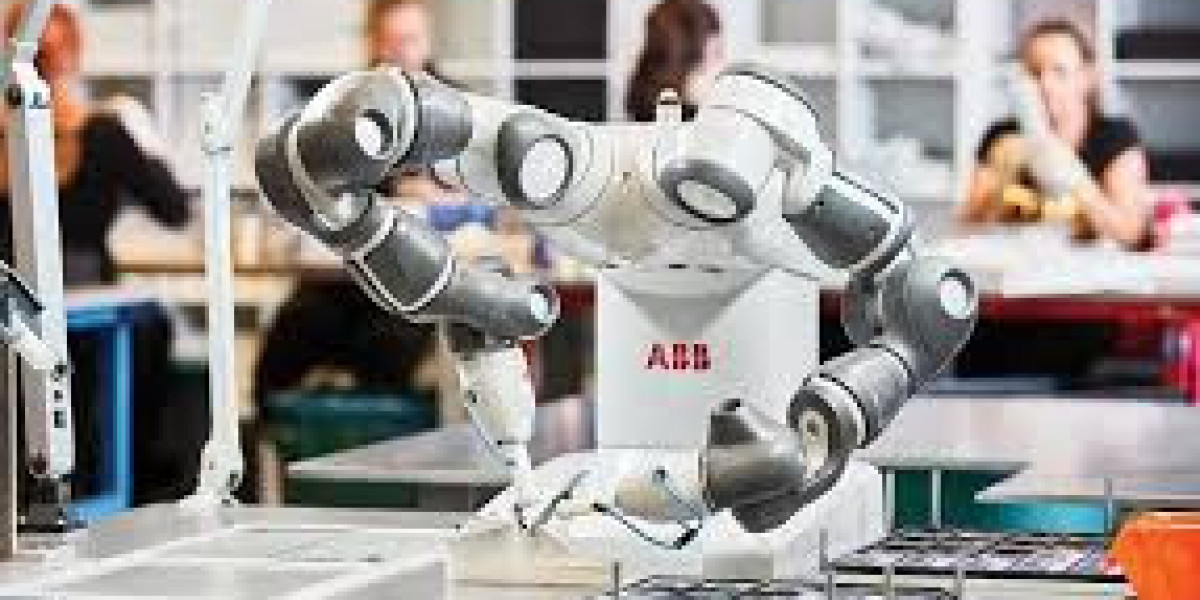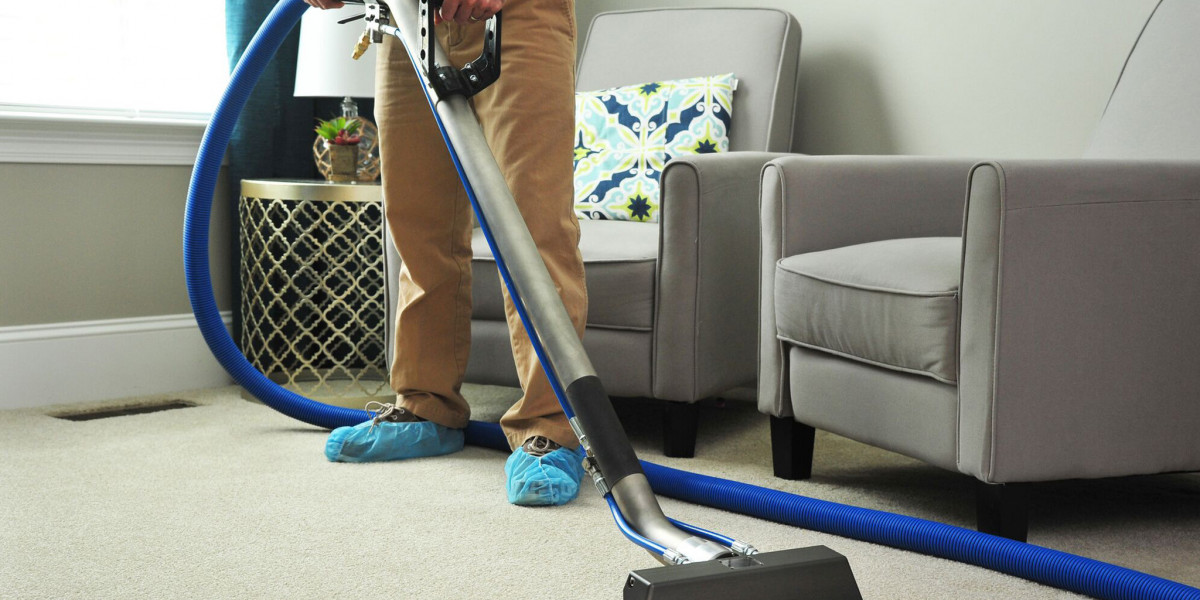As industries evolve in the age of automation and AI, collaborative robots, commonly known as cobots , are emerging as a disruptive force in manufacturing, logistics, healthcare, and more. Unlike traditional industrial robots that operate in isolated areas, cobots are designed to work safely side-by-side with humans , improving productivity, safety, and flexibility.
What are collaborative robots (cobots)?
Cobots are robots equipped with advanced sensors, AI algorithms, and safety features that allow them to interact directly with human workers in a shared workspace. These machines are designed for collaboration , not replacement, and offer assistance with repetitive, dangerous, or highly precise tasks.
Their key distinction lies in coexistence : cobots are programmed to detect human presence and adjust their speed, strength, or movement to ensure safety and efficiency.
Key features of cobots
- Built-in Safety Mechanisms
Cobots use force-limiting sensors , emergency stop buttons, and safe speed modes to detect and respond to human contact instantly. - Ease of programmingMany cobots feature intuitive interfaces or drag-and-drop programming , allowing even non-experts to quickly set up tasks using tablets or demonstration teaching methods.
Flexible deployment cobots are compact, lightweight, and easy to integrate into existing workflows without requiring major infrastructure changes or safety cages.- Multitasking capabilitiesThey can perform tasks such as pick and place, assembly, welding, painting, packaging, and inspection with high consistency and repeatability.
Applications of cobots in all industries
1. Manufacturing
- Assist with precision tasks such as screwing, soldering, and circuit assembly .
- Automate tedious or dangerous processes to reduce human fatigue and error.
2. Logistics and storage
- It is used in order picking, sorting and palletizing .
- Collaborate with humans to accelerate fulfillment without increasing space or complexity.
3. Health care and medicine
- It helps in laboratory automation, drug dispensing and surgical assistance .
- Reduce contamination risks and improve patient outcomes with reliable care systems.
4. Agriculture
- Assist with harvesting, packing, and crop monitoring , ensuring higher yields with less manual labor.
5. Retail and hospitality
- Assists with inventory control, food preparation, and customer service, improving speed and accuracy.
Advantages of using collaborative robots
- Improved
workplace safety Cobots perform dangerous tasks, reducing the risk of injury. - Increased ProductivityOperate 24/7 without interruption, improving performance and efficiency.
- Cost-effective automationLower implementation costs and faster return on investment compared to traditional robotics.
- Scalability and adaptabilityEasily reprogrammed for new tasks or moved between workstations.
- Supporting human workersRather than replacing jobs, cobots enhance human capabilities , allowing workers to focus on creative or high-value tasks.
This growth is driven by rising labor costs, the push for lean manufacturing, and growing adoption among SMEs (small and medium-sized businesses) seeking affordable automation.
Challenges and considerations
Despite their benefits, cobots face some challenges:
- Speed and load limitations : Cobots generally operate slower and handle lighter payloads than industrial robots.
- Initial learning curve : Despite easy-to-use interfaces, implementation may require retraining and change management.
Cybersecurity issues : Like any connected device, cobots can be vulnerable if not properly protected.








